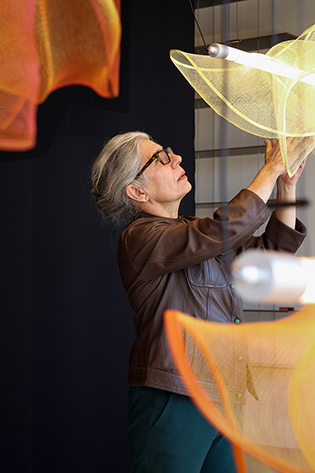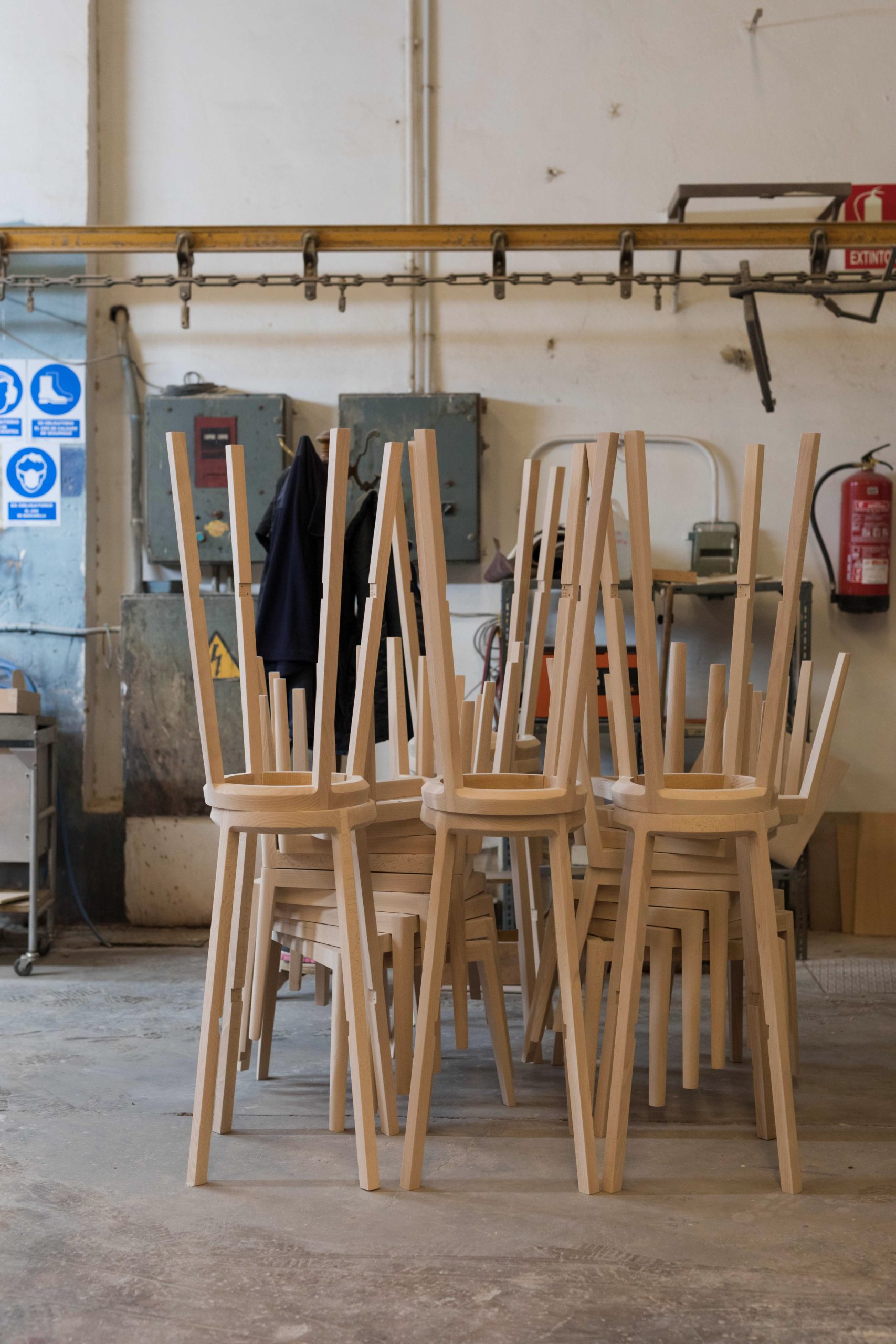In a world rife with overconsumption, waste and the exploitation of labour, there is a growing desire to conserve scare resources, an understanding that less is better, and a greater respect for craftsmanship and provenance. Today, craft is increasingly regarded as innovative and necessary, especially when set in the context of 21st century globalisation and mass consumerism.
More and more, rational users (as opposed to irrational consumers) are making intelligent, ethical choices when purchasing goods and services, trusting those businesses whose virtues include authenticity, affability, thoughtfulness and originality.

With mass industrialisation and the standardisation of manufacturing processes, many smaller enterprises must think about how their unique handmade products can remain authentic and reach a global audience. New technologies, including LEDs, 3D printing and CAD, paired with good craftsmanship, can ensure companies retain an authentic approach—staying true to their artisanal roots—while simultaneously producing goods on a larger scale.
In one example, Jan Kath—a designer and company specialising in hand-knotted carpets—exquisitely detailed rugs are handwoven by skilled carpet weavers in workshops in Nepal, Thailand, India, Morocco and Turkey. Designs, such as the interpretation of photorealistic motifs in textile art, are initially drawn up using a computer. Thereafter, these computer images are made real by the hands of expert craftsmen.

With scale, Jan Kath can ensure fair wages are paid and livelihoods are safeguarded. In another example, the industrialisation of craft through technology has been spearheaded by Shinola, in Detroit, Michigan. A growing brand, Shinola’s products include watches, leather items, bicycles and stationery. The company’s HQ and ultra-modern watchmaking factory are housed in the former Detroit-based research laboratory of General Motors (the Argonaut building). Watchmaking had all but disappeared from the USA: Shinola made an investment in ‘skill at scale’, so reinvigorating this exceptional craft.
In the West, we often equate technical prowess, modernity and innovation with a country such as Japan. In fast-moving cities like Tokyo and Osaka, where countless streets are bright with neon, we tend to overlook Japan’s vastly creative craft industries, traditions and history.

Indeed, craftsmanship is a central tenet of the country’s very being. In Japan, you will find the almost seamless integration of craftsmanship and technology: these two disciplines work together, living side by side in complete harmony. With Japanese craft, many handmade objects are built to last and have a universal appeal. Every craftsman breathes life into his or her creation and users appreciate this emotional, human connection. And above all, there is absolute authenticity, even on a larger scale.













